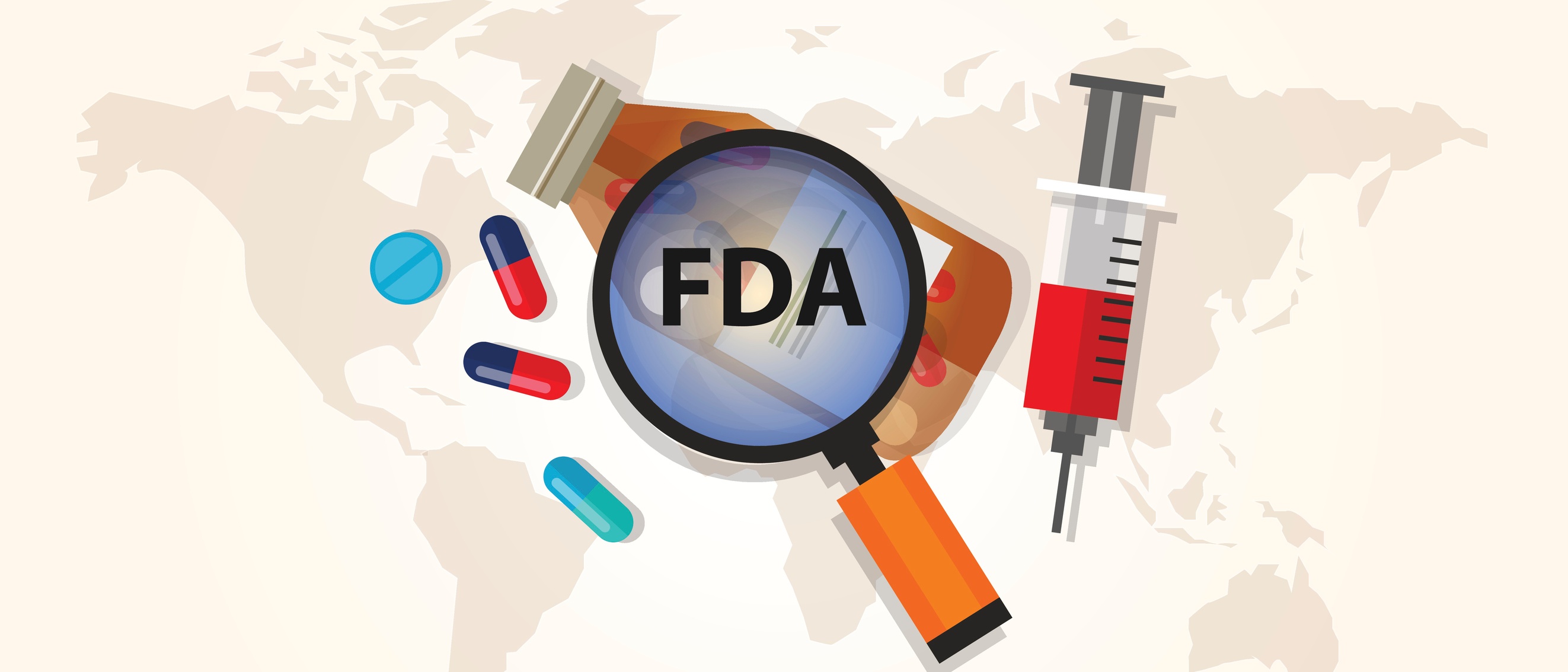Adhering to Good Laboratory Practices (or GLP) should become a routine aspect in the histology industry.
Even if your peers adhere to this longtime practice, you've perhaps slipped in applying GLP to your studies. The same goes with following your SOPs, or Standard Operating Procedures.
SOP's can best be defined as written documents describing the performance of routine tasks and complying with governmental regulations. GLP and SOPs work side-by-side to help bring more efficiency to pharma studies in histology labs, or any scientific field.
Overlooking these likely isn't intentional on your part. What's keeping you from applying them is perhaps lack of money to properly train your employees. Also, overcrowding in your lab may occur, making it tougher to invest in proper equipment.
If you can't follow GLP or SOP standards, it's time to outsource your studies.
When Did GLP Become a Standard?
Those of you new to Good Laboratory Practices should know how long GLP has existed in the United States. It all began over 40 years ago when Senator Ted Kennedy and the FDA went after many research laboratories for not conducting proper safety procedures. Many of these labs didn't have proper record keeping or training for employees either. Fraud was even rampant back then.
It took some time, though GLP became a mainstream practice by the late '70s. The FDA also began to create new positions in the 1980s to better evaluate biological research. By 1987, and after numerous revisions, the FDA finally formed GLP as we know it today. This means we're now at the 30th anniversary of modern GLP practices. Basically, it points to four main principles you need to focus on during every study.
What Are the Main GLP Principles?
The "final rule" of the FDA stipulated every lab properly following GLP principles needs to employ a quality assurance department. They also should have a study plan or protocol preparation before any study takes place.
In addition, your lab should characterize test and control materials to eliminate study mistakes. You also need to retain specimens and samples in a safe environment to avoid further errors. All of these can become impossible when you're financially strained or have no room to expand. Going beyond GLP, though, is adherence to your SOPs, something establishing a benchmark for quality in all of your lab services.
What Principles Should You Apply to Your SOPs?
Safety is one of the top things in your standard operating procedures, even if it's easy to become complacent when becoming busy with other duties. Lab environment control is equally important to determine a more accurate study outcome.
Your analytical method validations should also go in your SOPs so you have a uniform way to analyze your studies without confusion when hiring new staff. Don't forget about qualification of your working standards so you hire the right technicians. All of this is probably creating stress while running your lab. Why should you outsource a lot of it rather than take risks?
Outsourcing to a Lab Using GLP Standards and SOPs
Never feel too proud to outsource, because you're saving yourself a lot of money in the long run, including the cost of amending critical mistakes after sending in your results. All it takes is one error in a study to ruin your lab's reputation for years to come. It's the same dealing with fines because you didn't adhere to GLP standards demanded by the FDA.
Simply not following SOPs can end up creating a major safety issue that's easily amended in an outsourced laboratory. The best outsourced labs follow all of these principles every day because they have the time and resources to train lab staff correctly.
Please contact us at HSRL, we’d like to help make your GLP or non-GLP study a success!

